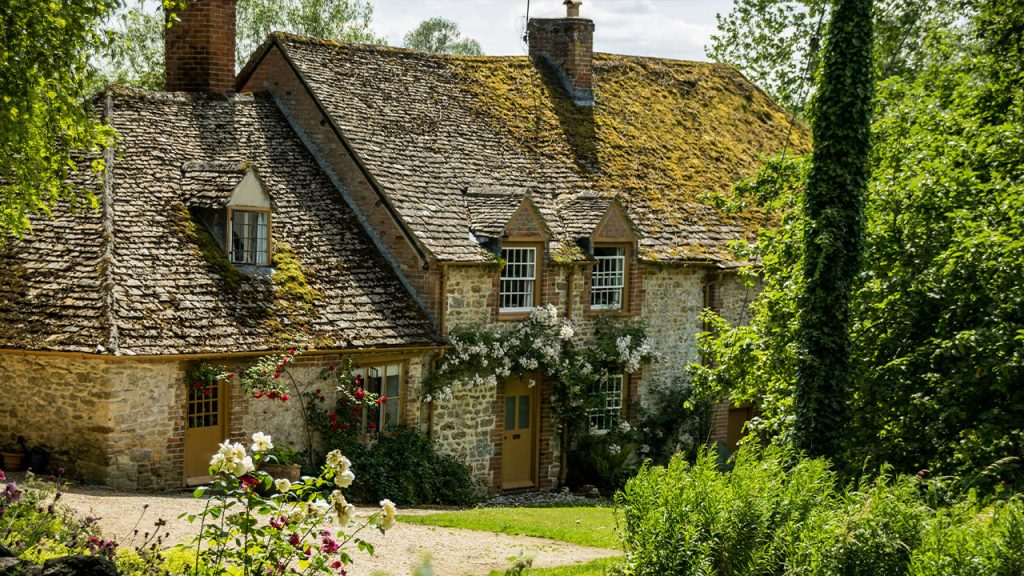
A small outdoor space doesn’t mean you have to sacrifice style or function. With the right landscaping ideas, even the tiniest yard, patio, or balcony can be transformed into a lush and inviting retreat. From clever use of vertical space to multi-functional design elements, these smart landscaping solutions will help you maximize every square inch—so your compact space feels spacious, serene, and beautifully intentional.
1. Use Multi-Level Planting for Visual Interest
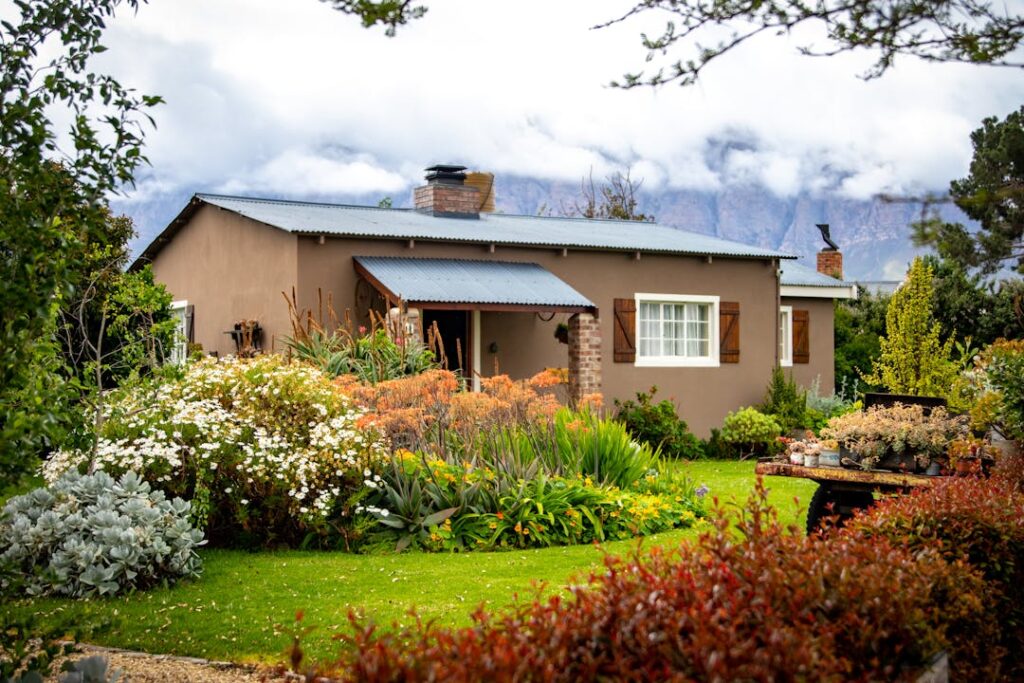
Layering plants at different heights—like tall grasses in the back, mounded perennials in the middle, and trailing ground covers in front—creates depth in even the smallest yards. This technique draws the eye upward and outward, making the space feel larger. You can achieve this effect with tiered planters, raised beds, or a mix of containers and in-ground plants for a dynamic, garden-like feel without using extra square footage.
2. Choose Compact, Dwarf Plant Varieties
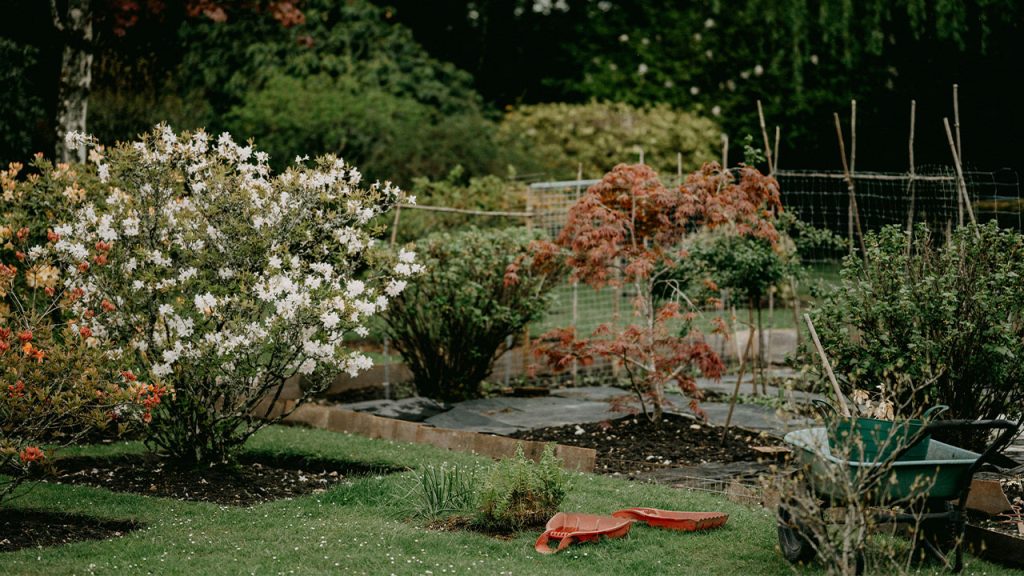
Small spaces don’t need to skimp on greenery—just opt for dwarf or compact varieties of your favorite plants. These scaled-down versions pack the same beauty and texture without the overwhelming sprawl. Think mini boxwoods, dwarf conifers, or compact hydrangeas. They’re easier to manage, provide structure without chaos, and are perfect for container gardening or narrow beds along fences and patios.
3. Incorporate Vertical Gardens or Living Walls
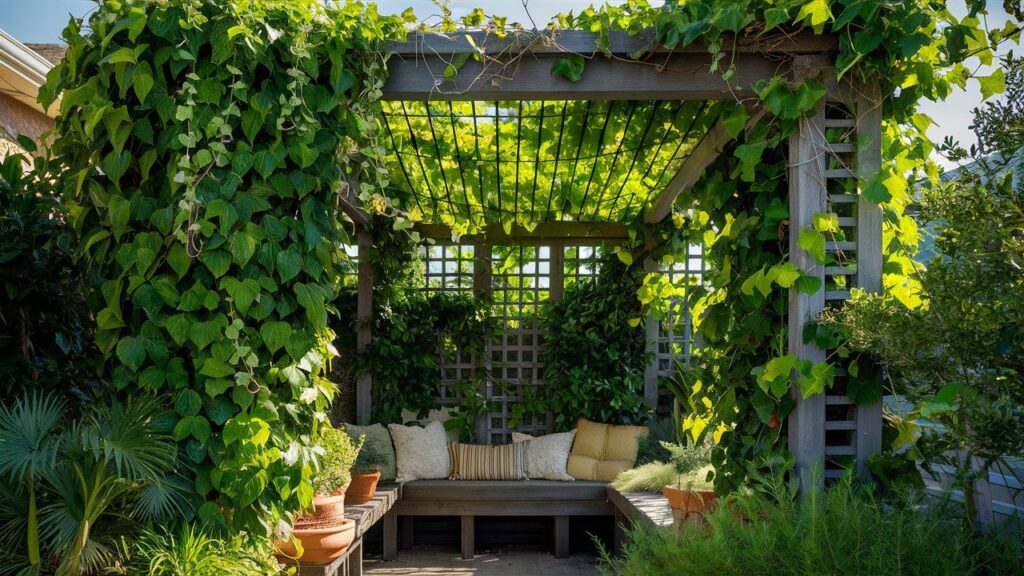
When floor space runs low, think vertically—your walls and fences are untapped real estate just waiting to bloom. Vertical gardens turn unused vertical surfaces into lush green displays using wall-mounted planters, trellises, or modular systems. Not only do they maximize space, but they also bring texture, color, and even edible options like herbs or strawberries into your outdoor area. They’re perfect for balconies, patios, or small side yards craving a burst of life.
4. Install Built-In Seating with Storage
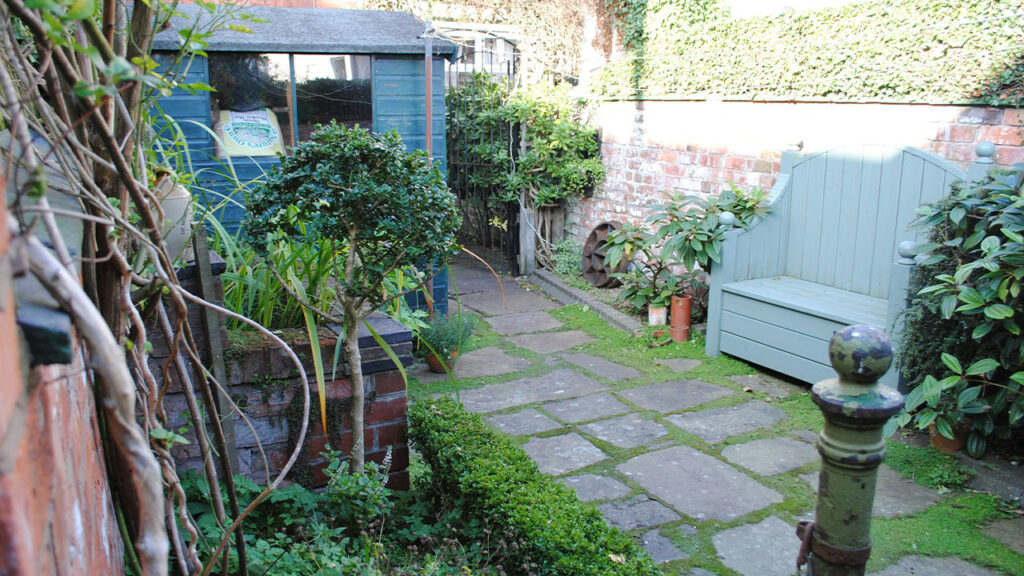
Multifunctional features are key in small yards. Built-in seating with hidden storage beneath helps you save space while keeping cushions, tools, or kids’ toys out of sight. L-shaped benches tucked along walls or wrapped around a fire pit offer built-in seating that feels intentional, cozy, and space-savvy. Choose weather-resistant materials and top with cushions or pillows to turn your storage bench into a comfortable centerpiece.
5. Use Pavers or Gravel to Define Zones

Breaking your space into small, distinct zones can make it feel more purposeful and expansive. Use gravel or pavers to visually separate a dining area from a lounging nook or garden bed. The texture shift acts like a rug in an indoor room, creating natural flow and structure. Bonus: these materials are often budget-friendly, low-maintenance, and permeable—great for drainage in compact outdoor spaces.
6. Add a Mirror to Visually Expand the Space
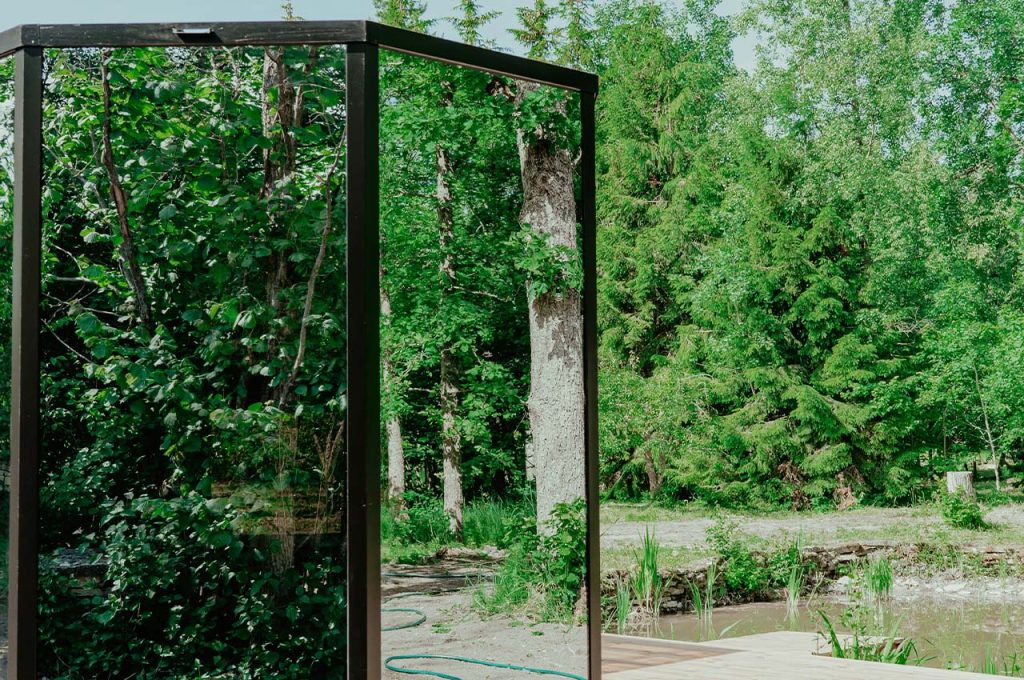
Mirrors aren’t just for interiors—they work wonders outdoors too. A strategically placed mirror can double the visual size of your outdoor area by reflecting lush greenery and natural light, turning even the tiniest patio into a space that feels open, bright, and layered with depth. Try mounting one on a fence or wall where it mimics a garden window or secret passage. Just be sure it’s weather-resistant and positioned to reflect something beautiful, not cluttered, for a magical, open-air effect.
7. Hang Planters to Maximize Vertical Space
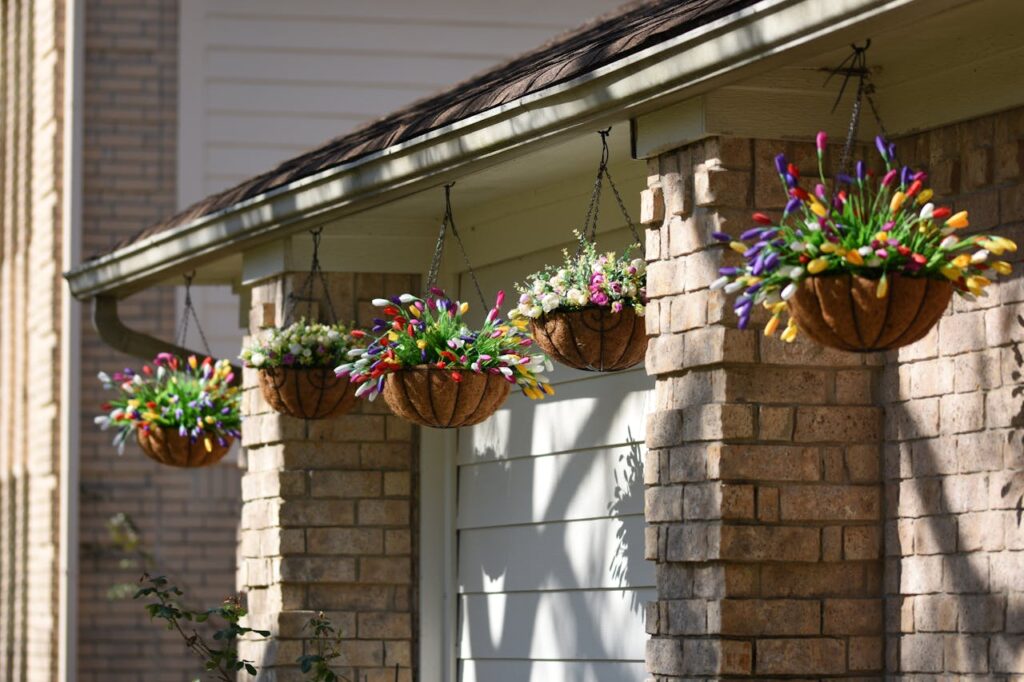
When floor space is scarce, go vertical. Hanging planters free up precious square footage while adding layers of greenery to eye level and above. Use railings, pergolas, or sturdy wall hooks to suspend pots filled with trailing vines, herbs, or flowers. It’s a great way to soften hardscapes, dress up a dull fence, or frame an outdoor sitting area—while keeping the ground clear and uncluttered.
8. Stick to a Simple, Cohesive Color Palette
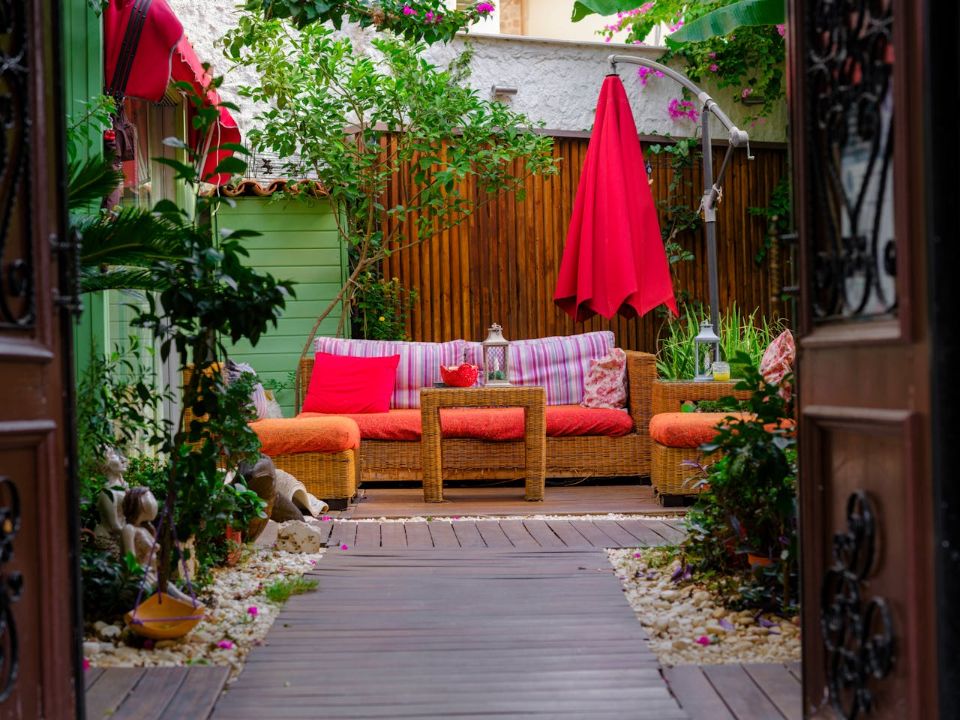
In a small space, too many colors or styles can feel chaotic. Choose a tight palette—like green, white, and terracotta—or stick to neutrals with one bold accent. This approach ties everything together visually, making the space feel thoughtful and less crowded. Coordinated cushions, planters, and even flower choices go a long way in creating a serene, stylish outdoor escape without overwhelming the senses.
9. Include Foldable or Stackable Outdoor Furniture
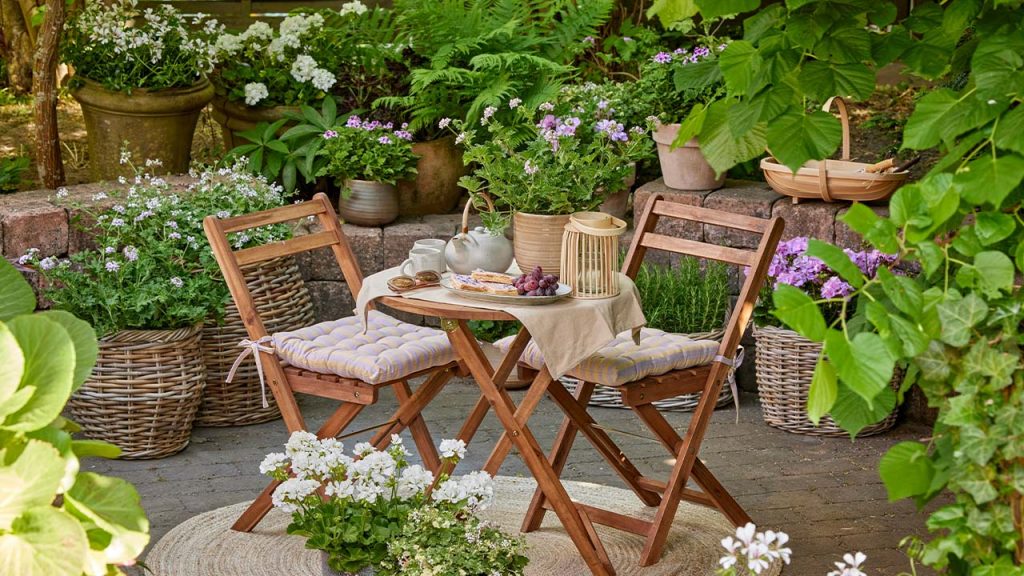
Smart furniture choices make all the difference in a small outdoor area. Foldable or stackable pieces offer the flexibility to entertain guests or dine alfresco—then tuck everything away when not in use. Look for lightweight yet sturdy materials like metal or resin, and choose designs that are compact without sacrificing comfort. These pieces keep your space usable and open, no matter its size.
10. Use Tall Planters to Add Height Without Bulk
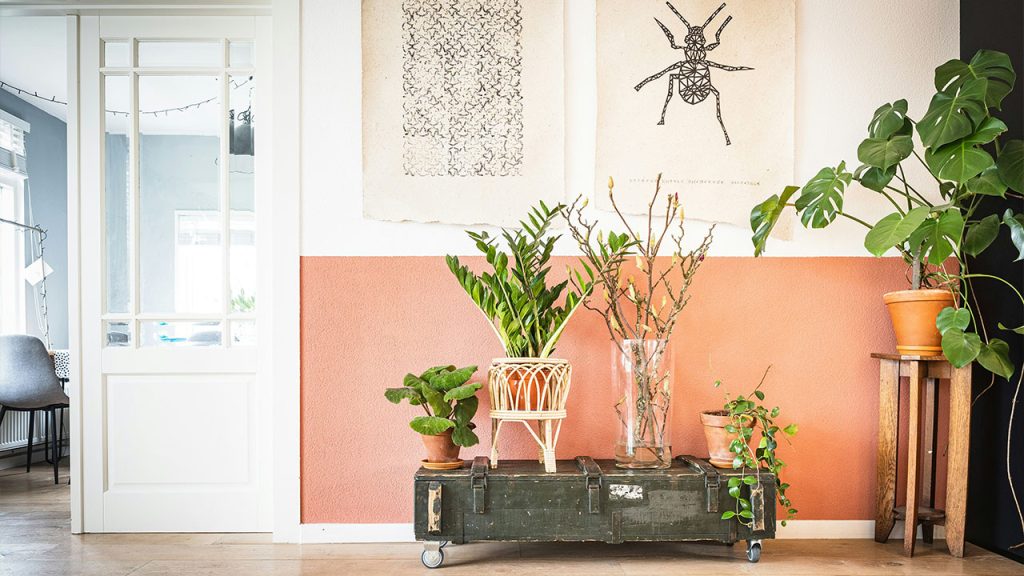
Tall, narrow planters are a secret weapon in small-space landscaping. They provide vertical interest, elevate your plants to eye level, and make the most of tight corners or walkways. Choose sleek, tapered styles to avoid visual heaviness, and fill them with architectural plants like grasses, succulents, or upright herbs. The height draws the eye upward, helping your space feel more dynamic and layered.
11. Add Lighting to Highlight Key Features
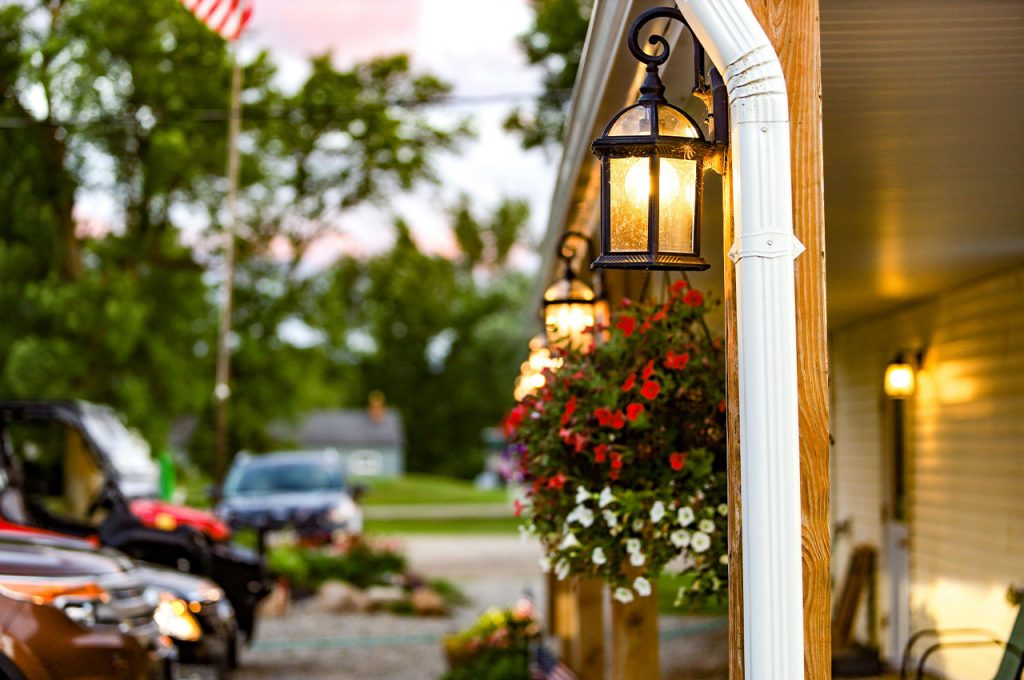
Even the smallest outdoor spaces shine brighter with the right lighting. Use low-voltage path lights, uplights on a feature plant, or string lights overhead to create atmosphere and emphasize your space’s best details. A few thoughtfully placed fixtures can define zones, extend usability into the evening, and make the area feel curated. Lighting adds depth, drama, and a welcoming glow—without taking up any space.
12. Create a Small Focal Point, Like a Water Bowl or Sculpture
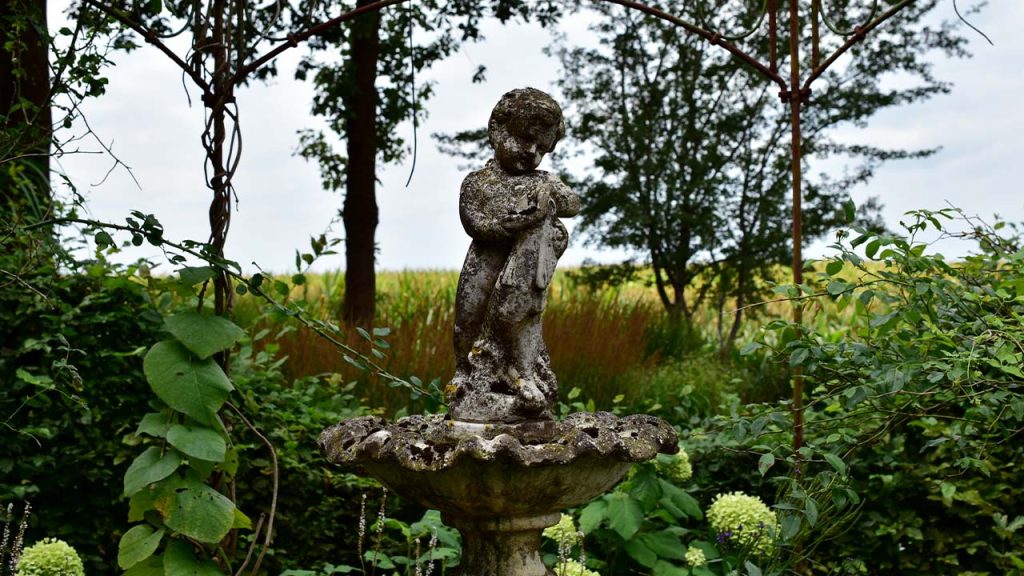
A single striking feature can anchor a compact yard or patio. Whether it’s a shallow birdbath, a ceramic water bowl, or a petite modern sculpture, a focal point draws the eye and adds personality without crowding the layout. Place it where it naturally catches attention—at the end of a path, in the center of a container grouping, or against a blank wall—to create visual impact and a sense of purpose.
Want to see more from Remodr?

Drop a comment below, share this with your friends and family, and don’t forget to follow us for more fresh ideas, updates, tips, and home trends.
This article was created with the assistance of AI but thoroughly edited by a human being.

